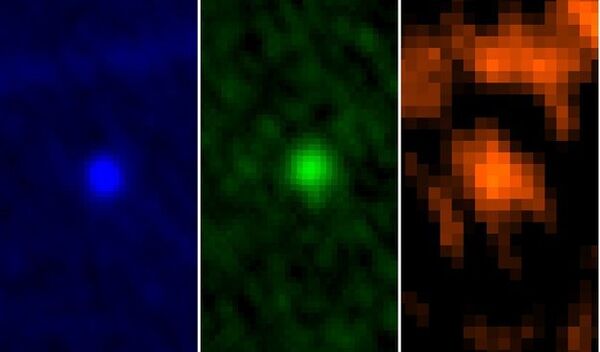MOSCOW, January 9 (RIA Novosti) – New observations made by Herschel space observatory show that asteroid Apophis, which is considered the most serious "space" threat to Earth, is bigger than first estimated, the European Space Agency said on its website on Wednesday.
Apophis, dubbed "the doomsday asteroid" in the popular media, swept by Earth on Wednesday at a little less than one-tenth of the distance from Earth to the Sun - about 9 million miles (14.5 million kilometers).
ESA’s Herschel space telescope observed the asteroid for about two hours on its approach to Earth and refined estimates of the asteroid’s diameter from 890± 200 feet to 1,070±50 feet (from 270 ± 60 meters to 325 ± 15 meters).
“The 20 percent increase in diameter, from 270 to 325 meters, translates into a 75 percent increase in our estimates of the asteroid’s volume or mass,” ESA quoted Thomas Müller of the Max Planck Institute for Extraterrestrial Physics, who is leading the analysis of the new data.
The asteroid will pass by our planet again in 2029, at a distance of about 22,000 miles (36,000 km), and return to Earth’s neighborhood in 2036.
Scientists are uncertain about how close Apophis will come then, as the 2029 approach may alter its orbit substantially.
According to the latest estimates by NASA, if "the doomsday asteroid" strikes Earth it would release the energy equivalent of 510 megatons of TNT.
In comparison, the impacts with space objects that created the Barringer Crater or the Tunguska event are estimated to be in the 3–10 megaton range, while the biggest hydrogen bomb ever detonated, the Tsar Bomba, released the energy equivalent of 50 megatons of TNT.

